Hello, ladies and gentlemen. I'm the "Environmental Bank" with all the worldwide environmental issues. Today, we’ll take a closer look at the topic "Microplastics discovered in Antarctica".
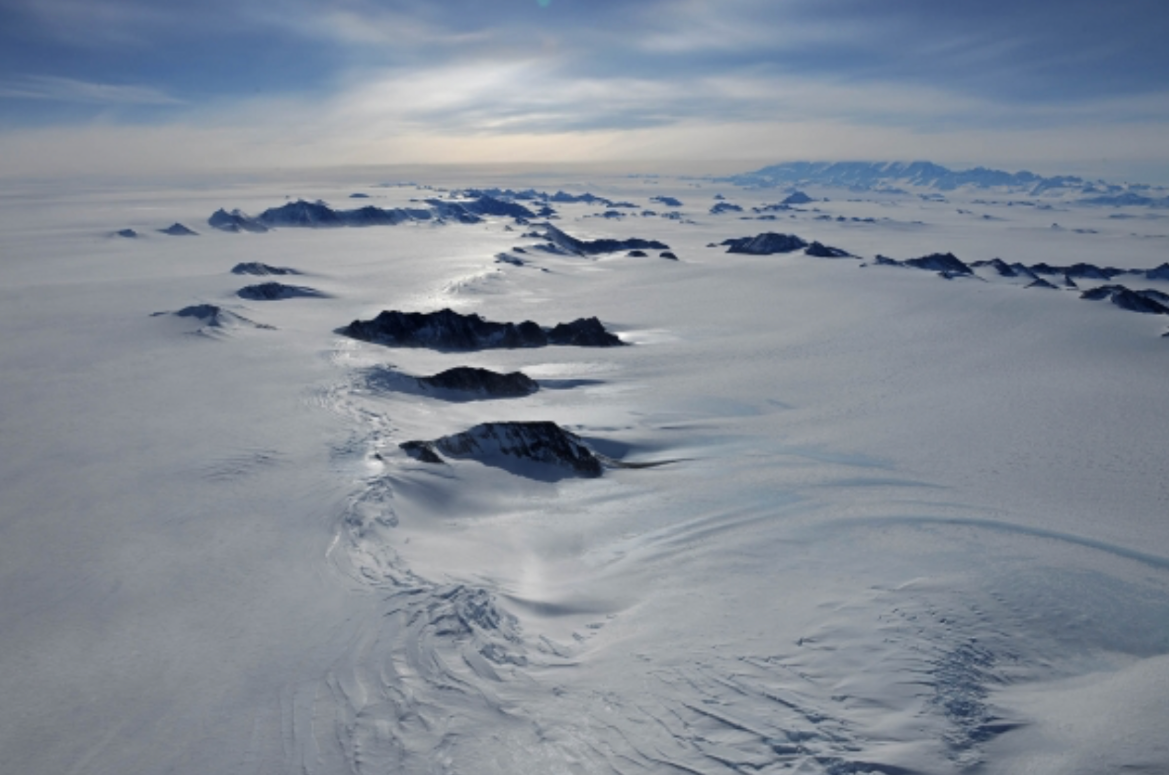
What is the problem?
The research team presented that microplastics were discovered near a remote field camp in Antarctica. This finding shows that plastic pollution has spread to even the cleanest places on Earth, as well as Antarctica, which highlights the severity of plastic pollution in the world.
Why does Antarctica matter in plastic pollution?
Antarctica is often considered a remote and pristine environment, but it is now facing plastic pollution. This study shows that no area, even the most isolated, is affected by human activity, along with underscoring studying these areas for long-term environmental monitoring.
What was the new method used in the study?
The study used advanced technology that detects microplastics as small as 11 micrometers. This method melts the snow onto filter paper and scans it at high resolution, which provides a much higher resolution than previous methods.
What are the key findings of the study?
Microplastics were found in varying concentrations, from 73 to 3,099 particles per liter. Among these, 95% were smaller than 50 micrometers, which was previously underreported due to less sensitive detection methods.
What types of microplastics were found?
Researchers identified several common types of microplastics:
- Polyamide, which was found most frequently near field camps
- Polyethylene terephthalate (used in bottles and packaging)
- Polyethylene and synthetic rubber.
- (Interestingly, polyamide was not found at a remote control site, suggesting local sources of pollution near human activity.)
How does microplastic pollution affect the environment?
Microplastics can change the albedo (reflectance) of snow, affecting how much it reflects light and how quickly it melts. These can also influence species such as penguins, seals, and fish, and can have wider ecological impacts on marine ecosystems by disrupting the carbon cycle.
Why is local pollution significant?
The discovery of microplastics, especially polyamides, near the field camp suggests that human activities are contributing to plastic pollution at a local level. This finding highlights the importance of understanding not only local sources of contamination but also sources of long-distance transmission.
What are the implications for policy and action?
The research underscores the need for sustained environmental monitoring in Antarctica. As global efforts like the UN Environment Assembly Global Plastics Treaty seek to address plastic pollution, the study’s findings could help shape policies aimed at reducing pollution in even the most isolated regions.
Why is continued research essential?
The discovery of microplastics in Antarctica shows that plastic pollution has already infiltrated this remote area. Therefore, ongoing research is critical for understanding the long-term environmental impacts of microplastic pollution and for developing strategies to address it in the future.
Wrap-up
I remember reading an article stating that we ingest microplastics equivalent to the size of a credit card every year. This was really shocking, as it implies that the plastic we carelessly throw away can return to our table as a form of microplastic. While reducing plastic usage seems crucial, given how prevalent plastic is in our daily lives, I believe it might be even more effective to continuously develop substances that can break down plastic.


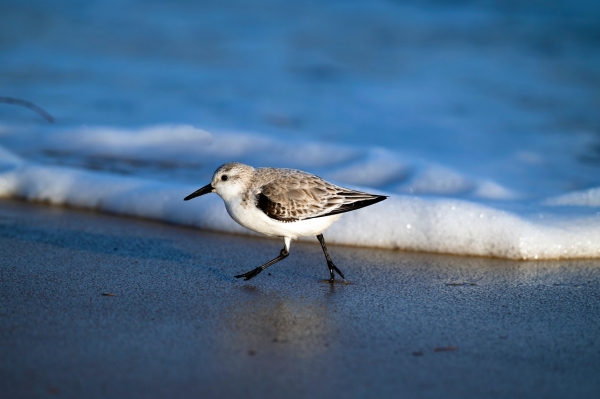

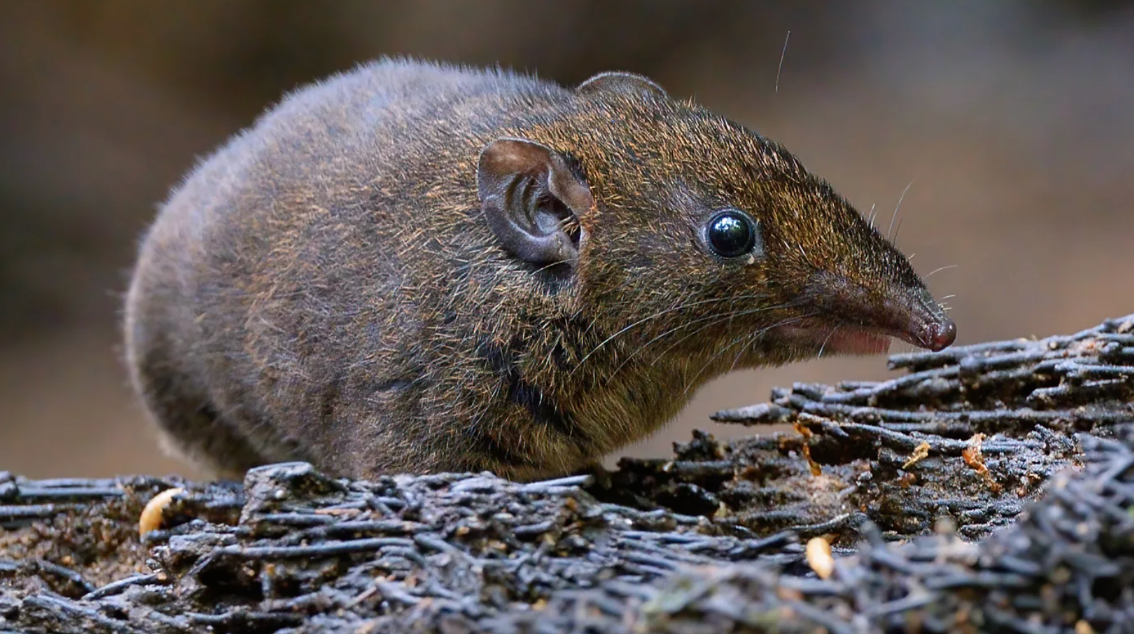
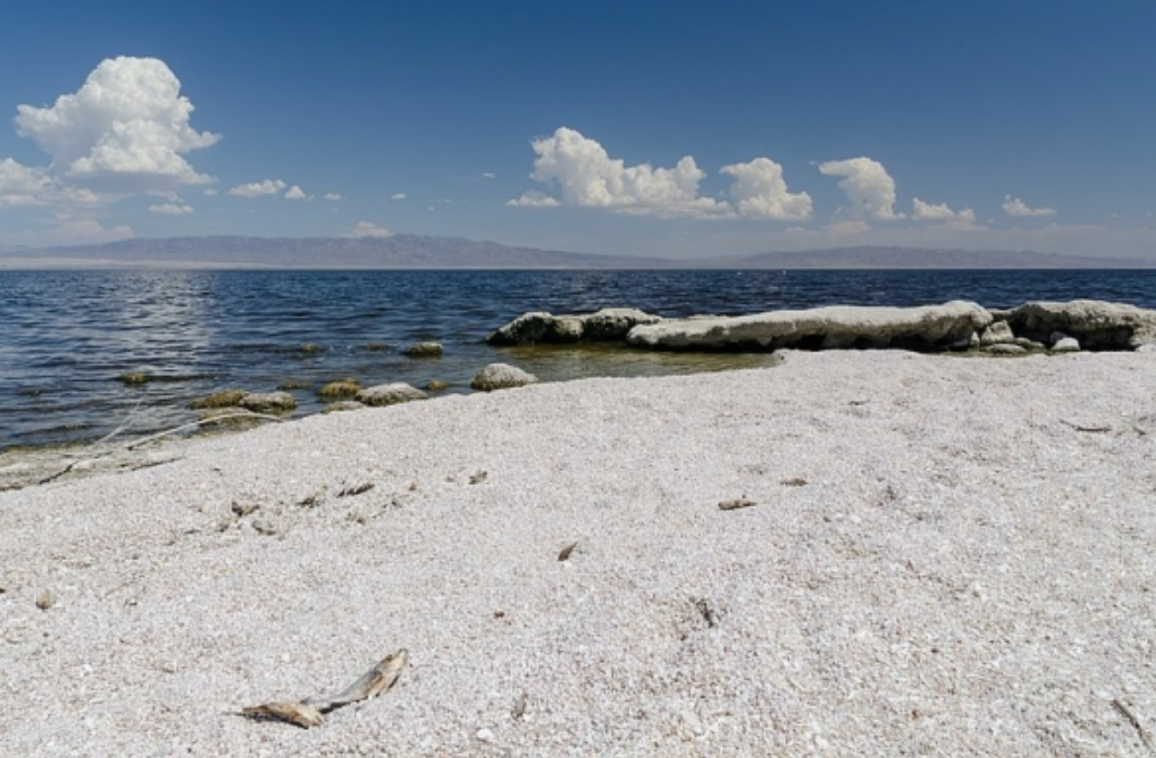
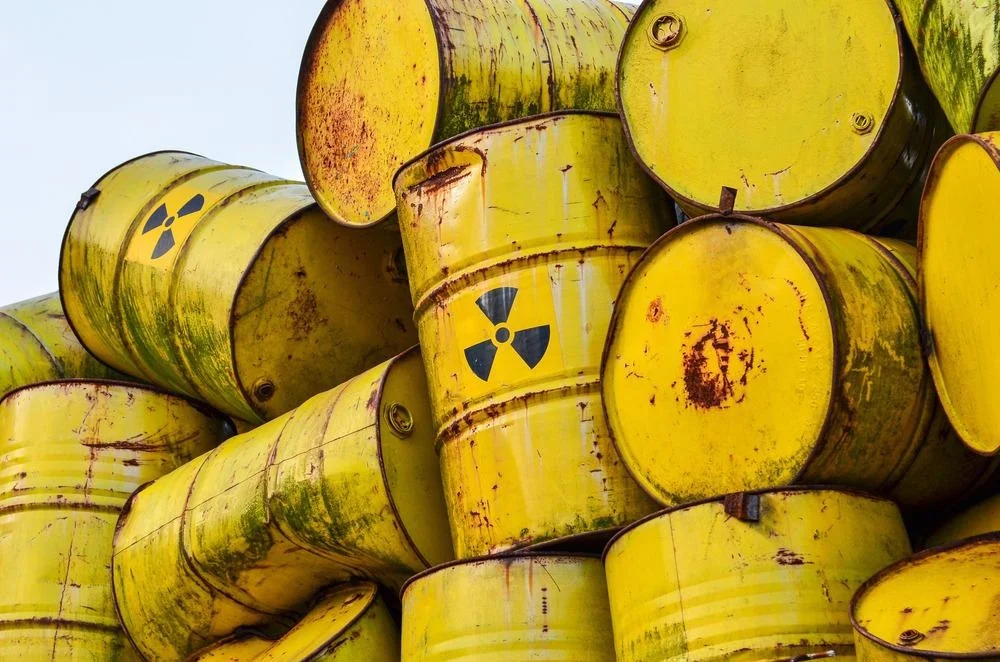




의견을 남겨주세요